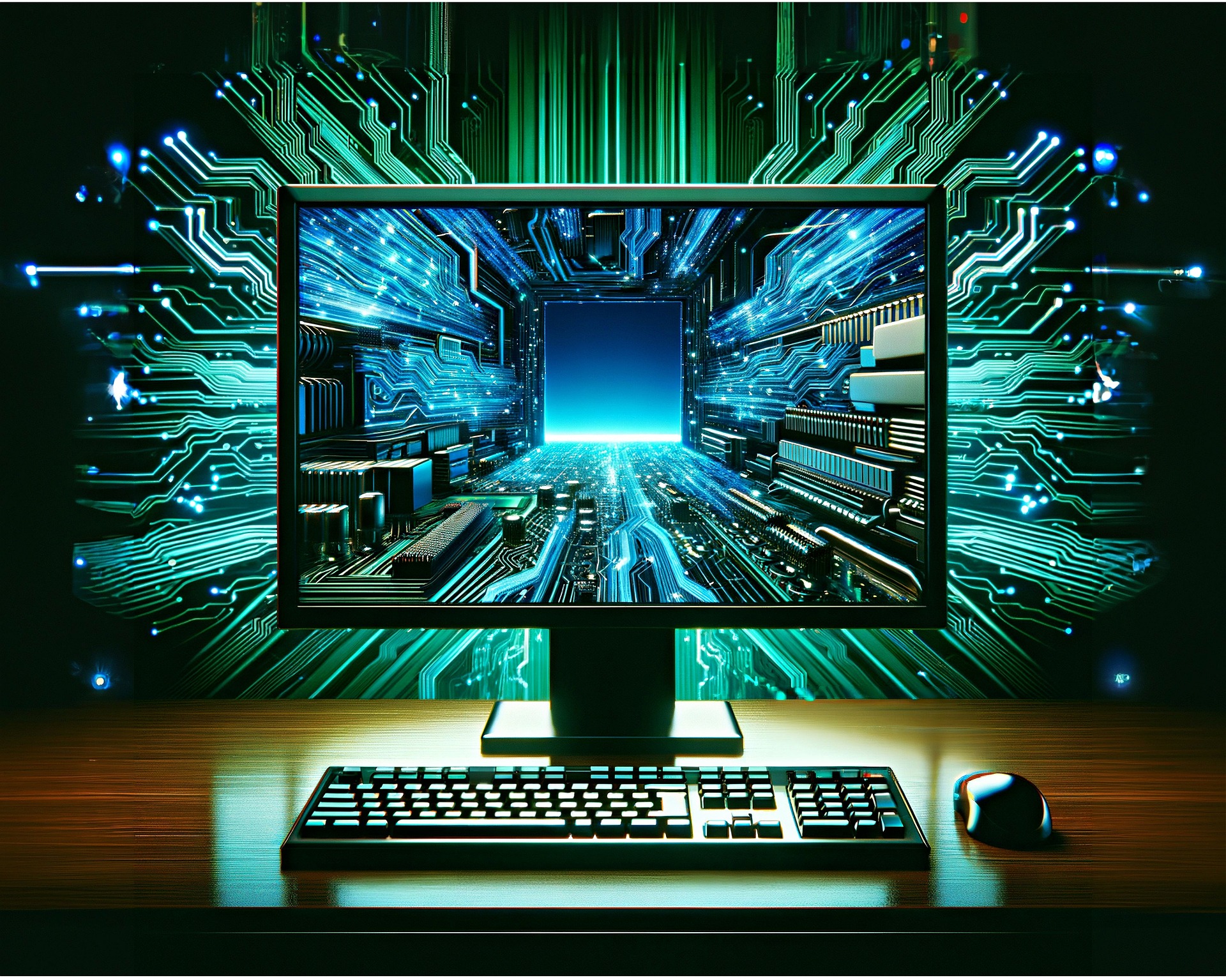Troubleshoot Common Peripheral and Connectivity Issues
This guide summarizes practical steps to diagnose and resolve common problems with peripherals and connectivity. It highlights checks for drivers, firmware, power, and network settings, and gives maintenance tips to improve performance and reduce latency across devices in your home or office.
When peripheral devices fail to respond or network connections drop, a systematic approach reduces time to resolution. Start by isolating the component that fails, verify physical connections, and confirm power sources. Keep device drivers and firmware current, monitor for overheating, and test storage and backups for integrity. The sections below break down common failure modes—battery and power, firmware and drivers, cooling and performance, storage and backup, connectivity and latency, and security and ongoing maintenance—with practical checks you can perform without specialized tools.
How to troubleshoot peripherals and drivers?
Peripherals such as keyboards, mice, printers, and external drives often fail due to driver mismatches or connection issues. First, test the device on another computer or a different port to confirm the device itself is functional. Check the operating system’s device manager for driver status and update drivers from the device maker’s official site rather than third-party aggregators. Uninstall and reinstall drivers when a device shows errors, and ensure USB power settings aren’t turning off ports to save energy. For printers, clear queued jobs and verify correct network or USB selection in print settings.
How to resolve network, connectivity, and latency issues?
Diagnosing network issues begins with confirming whether the problem is local or widespread. Restart routers and modems, and run a wired test to compare results against Wi‑Fi performance. Use ping and traceroute utilities to identify packet loss or high latency points. Update router firmware and check channel congestion for wireless networks; changing the Wi‑Fi channel or moving the router can reduce interference. For high latency during gaming or video calls, prioritize traffic via Quality of Service (QoS) settings when available, and consider wired Ethernet for latency‑sensitive applications.
How to check firmware, updates, and upgrades?
Firmware and system updates frequently fix bugs affecting peripherals and connectivity. Check manufacturer update tools for firmware on routers, SSDs, motherboards, and peripherals. Before applying firmware upgrades, review release notes for fixes and risks; back up important data and ensure a stable power source to avoid interruptions. For operating system upgrades, confirm driver compatibility and postpone major system updates until device vendors have released compatible drivers. Keep a record of previous firmware versions in case you need to roll back.
How to manage power, battery, and cooling problems?
Battery and power issues can mimic hardware failures. For battery‑powered peripherals, verify charge levels and replace aging cells when runtime degrades. For laptops and mobile devices, calibrate the battery if readings seem inaccurate. For desktops and servers, ensure power supplies provide sufficient wattage for installed components; insufficient power can cause random reboots or peripheral dropouts. Cooling is also critical: clean dust from fans and heatsinks, verify airflow, and monitor temperatures with hardware sensors. Overheating can throttle CPUs and network controllers, reducing throughput and stability.
How to maintain storage, backup, and performance?
Storage problems often affect device responsiveness and data access for peripherals reliant on attached drives. Run SMART checks on HDDs and SSDs to detect early failures, and use manufacturer tools to update drive firmware. Maintain regular backups to local or cloud solutions so device failures do not cause data loss. To sustain performance, defragment mechanical drives where appropriate, trim SSDs, and free space on system volumes. If a peripheral depends on shared storage (network drives), check NAS health and network speeds to rule out bottlenecks.
How to ensure security and maintenance best practices?
Security misconfigurations can interrupt connectivity and peripheral access. Keep network devices on segmented networks when possible, apply strong passwords, and enable encryption for Wi‑Fi. Verify that security software is not mistakenly blocking device communications—temporary disables for troubleshooting can reveal interference from firewalls or antivirus. Schedule periodic maintenance windows to install updates, review logs for repeated failures, and document configuration changes. Regular maintenance reduces the chance of unexpected downtime and keeps performance consistent.
In summary, resolving peripheral and connectivity problems relies on systematic checks: verify physical connections and power, confirm driver and firmware versions, monitor temperature and storage health, and test network paths for latency and packet loss. Routine maintenance and documented configuration practices help prevent recurring issues and make troubleshooting faster when problems occur.






